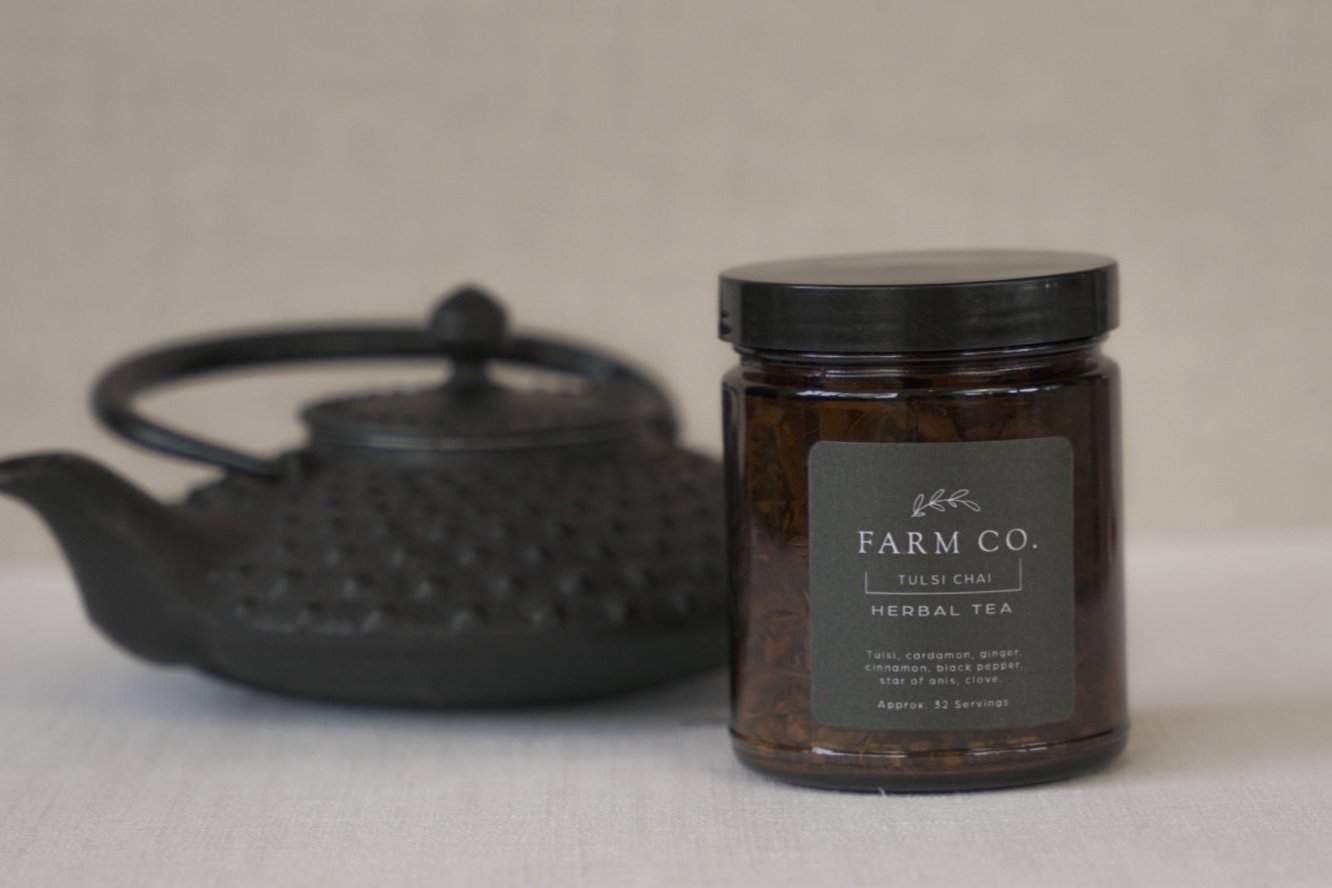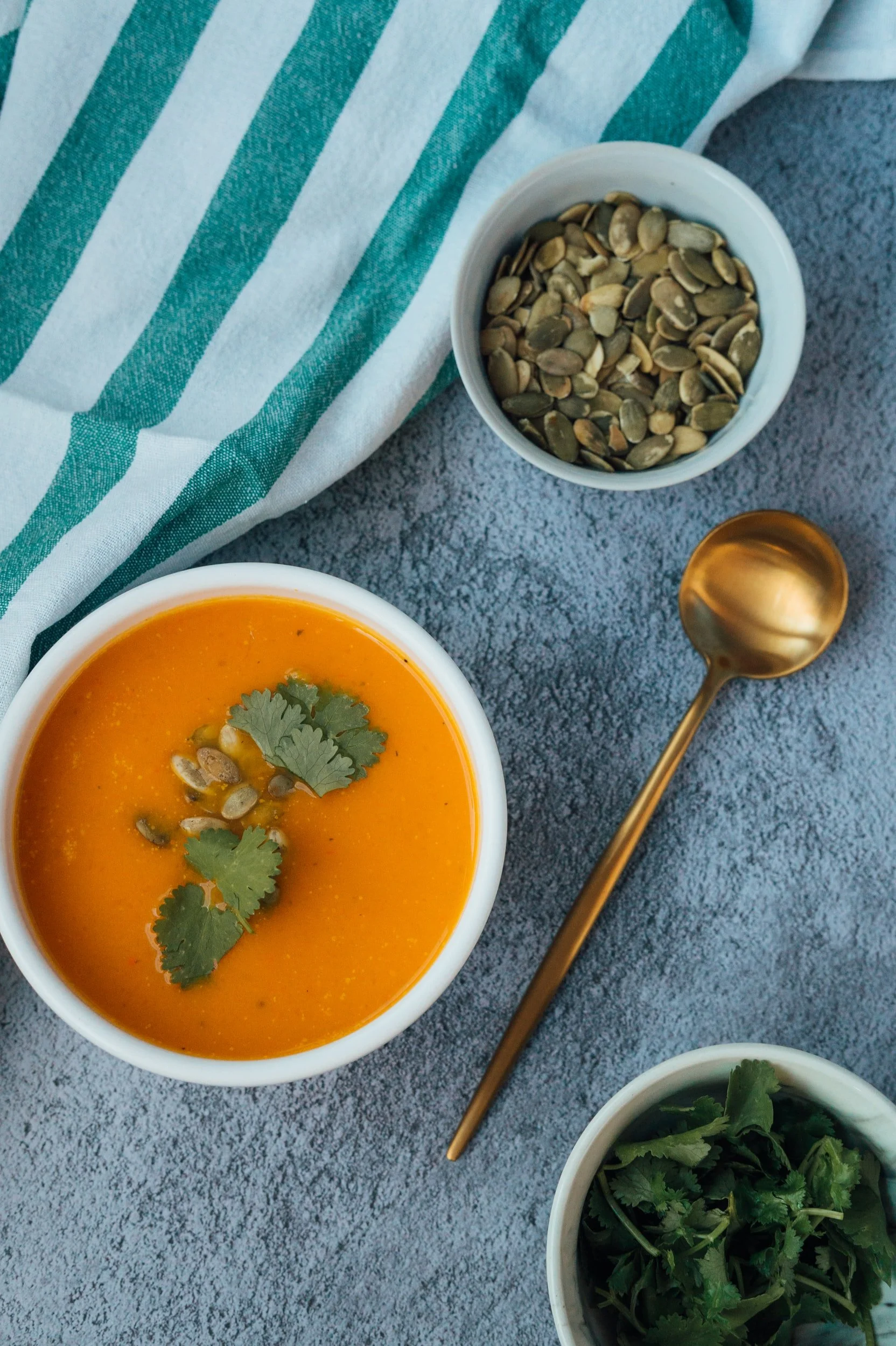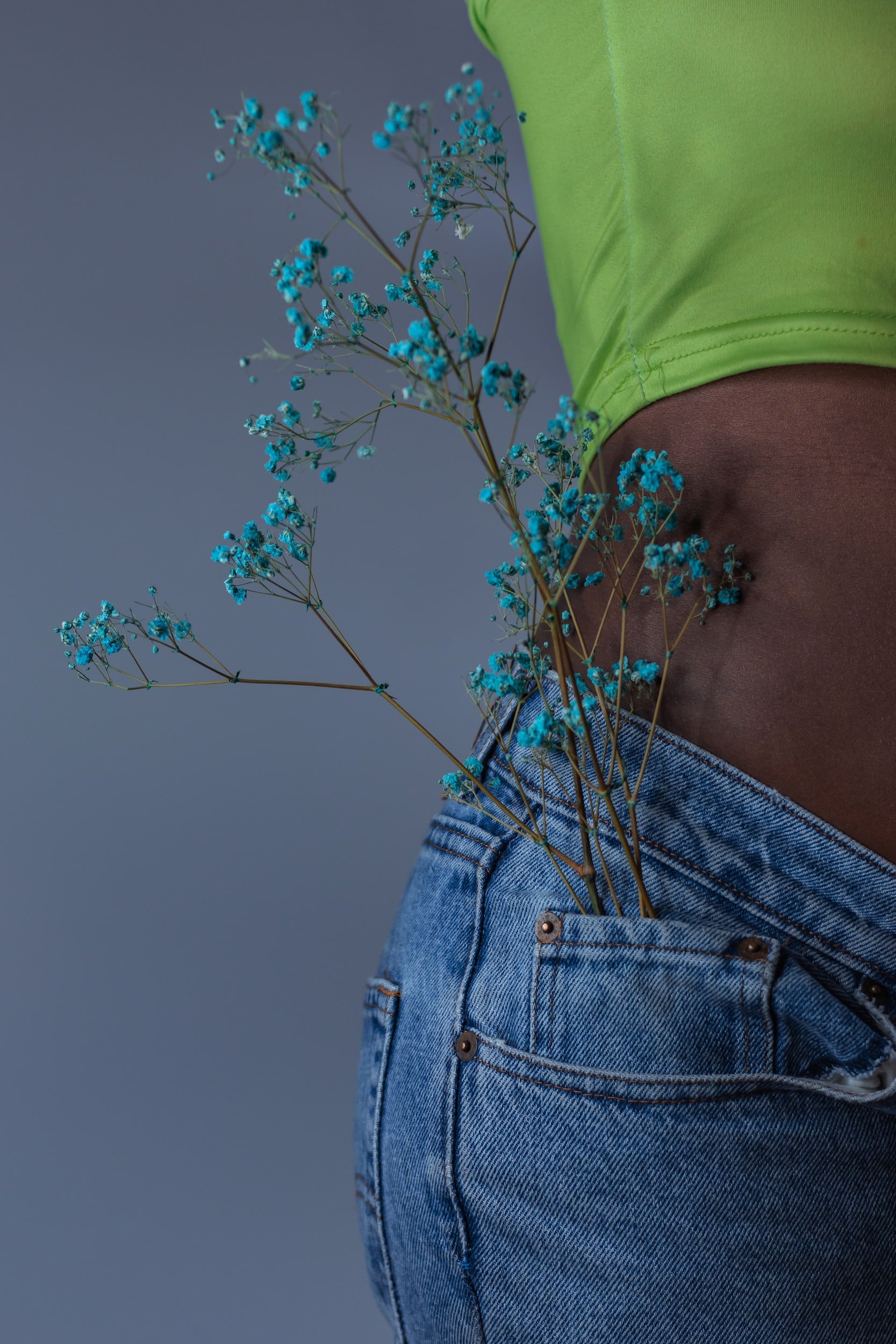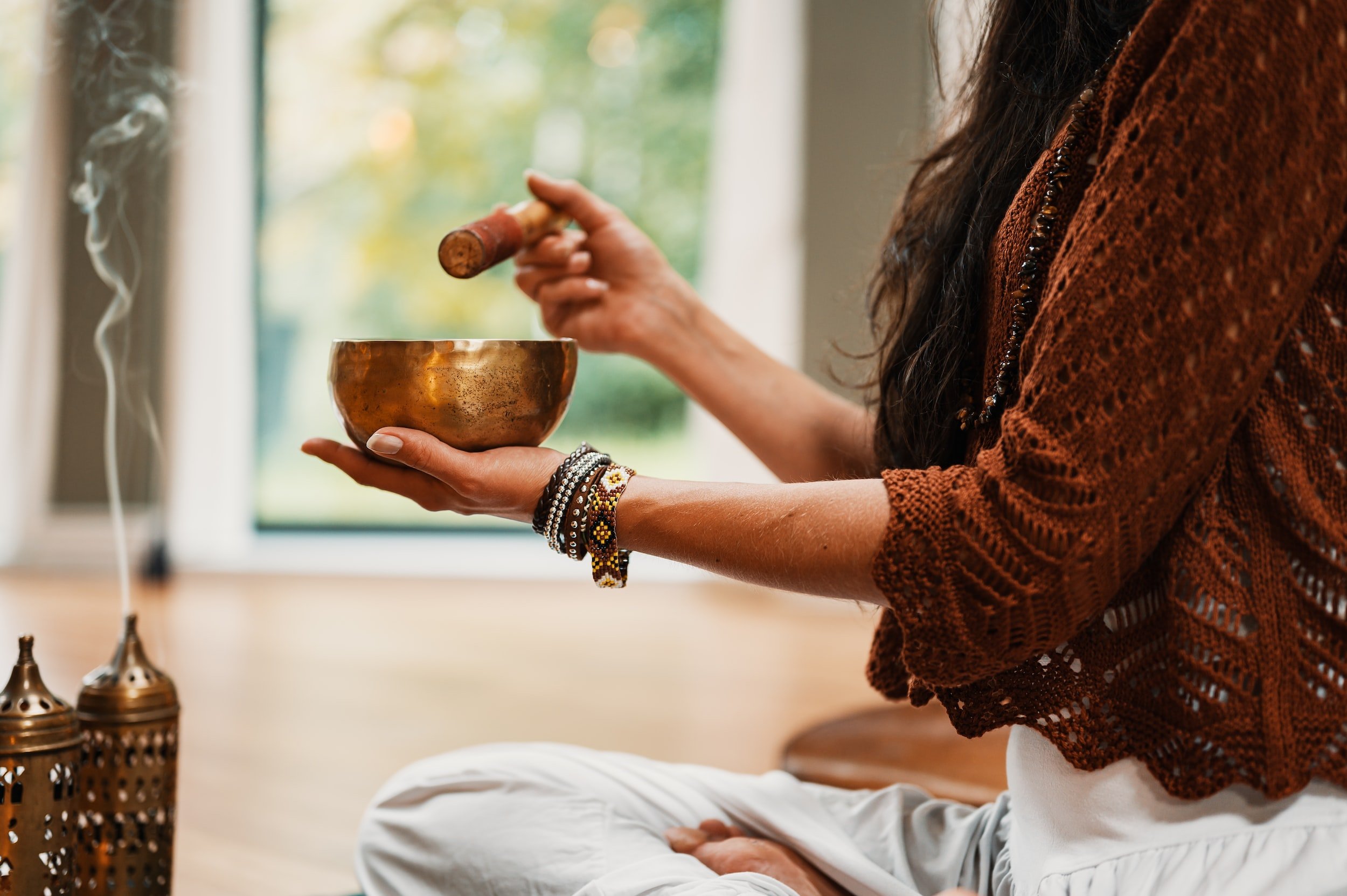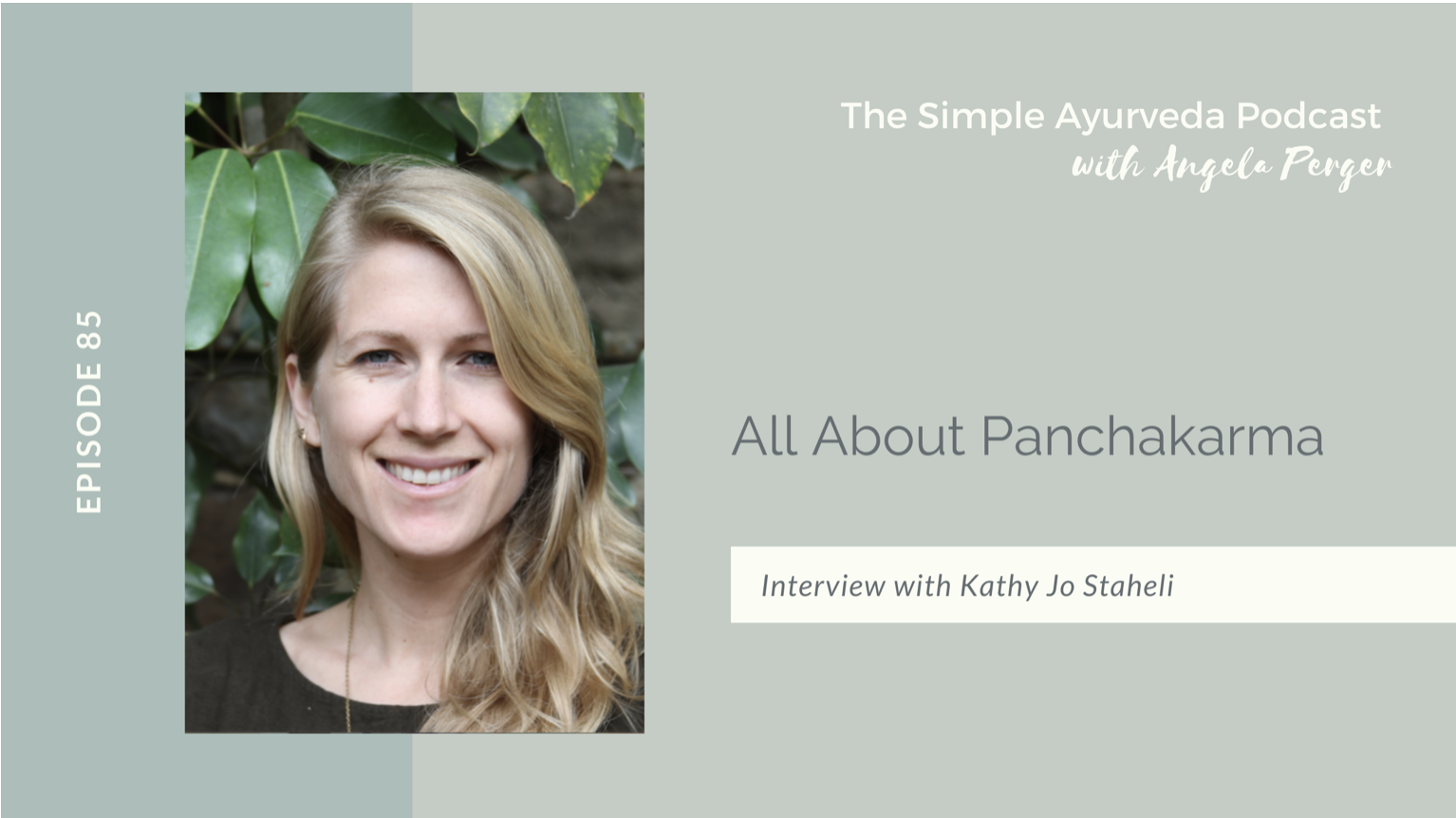Ayurveda has given the world a considerable measure of things. These things have changed the way individuals live and they are able to progress from a world loaded with ailments to a world perfectly fit and healthy. The significance of Ayurveda is tremendous and it is without a doubt a successful practice of medicine.
In my initial study of Ayurveda, I found the most eminent branch of Ayurveda is Panchakarma. Panchakarma means "Five Actions" which is well-suited given the fact that this technique relies upon five distinctive basic activities that control the body. Panchakarma is the true manifestation of Ayurvedic values, is a pillar on which the majority of Ayurvedic techniques stand, and it lives up to its reputation.
Stress, natural pollutants, and poor lifestyle decisions make a lethal load on the body that—if left in the tissues and circulation system results in poor health. Panchakarma turns around this degenerative procedure rapidly and its impact is quite significant and long-lasting.
Ayurveda teaches us, to experience optimal health, it is essential to maintain a strong digestive fire both mentally and physically and dispose of toxins from the body. The inability to metabolize feelings creates the same amount of toxic residue as undigested physical nourishment. Truth be told, repressed outrage, long-held misery, and lingering guilt are more disturbing for many people than issues with physical assimilation. Panchakarma is a natural technique that detoxifies and reinstates the body’s inner balance and energy.
When ama (undigested matter) accumulates in the body, it hinders the flow of vitality, information, and nourishment throughout the framework of the body. Ayurveda considers this accumulation of toxins as the basic cause of all diseases. For example, a typical case of this is the collection of saturated fat and cholesterol that is past the body's ability to process. After some time, this prompts the blockage of the blood vessels and arteries and, also leads to cardiac arrest.
Panchakarma utilizes a combination of Ayurvedic body techniques, herbal saunas, special foods, nutritional directives, mellow fasting, yoga exercises, herbal formulations, and elimination procedures to free the body from accumulated toxins. These processes, require the advanced clinical knowledge of an Ayurvedic Doctor, to ensure their safety and effectiveness, furthermore, the program should be designed by this doctor with the support of Panchakarma Technicians. Panchakarma technicians are not able to diagnose diseases, treat diseases, prescribe treatments or medicines, or design Panchakarma plans.
Panchakarma must always begin with an initial consultation by a qualified Ayurvedic Physician who can determine the individual's constitution, the nature of the health imbalance, and the appropriate degree of intensity of the techniques used. The program is then designed and custom-tailored to the current state of health, wellness, and constitution.
The first stage of this three-stage process is called Purvakarma (preparatory techniques). Purvakarma helps to mobilize and liquefy waste products (ama) from the adipose tissues and move them toward the intestines, which then allows the Panchakarma (5-actions of elimination) to flush them out. In this stage, we utilize multiple herbal body techniques accompanied by specific instruments to support the techniques. There are over 30 different body techniques that can be used, and require several days of application to ensure an effective Panchakarma (elimination).
After several days of Purvakarma, the practitioner will choose one or more of the five elimination procedures (panchakarma) to rid the body of the ama; this may also last up to many days. These five procedures are Vamana, Virechan, Basti, Nasya, and Raktamukshan and will be chosen based on the nature of the imbalance and accumulated doshas.
Once the elimination procedures are completed, a Rasayana (rejuvenation and restorative) program will follow. These herbal, nutritive, and lifestyle restorative practices are just as important as the other stages of the Panchakarma, to ensure the body has not only been purified but strengthened, remaining in balance and limiting the possibility of future imbalances.
The Panchakarma purifying procedure affects an individual in many ways. Accordingly, amid the program, you may see changes on mental, physical, and emotional levels. A large number of Rogi’s encounter a "Healing Crisis." This is a very natural part of the healing procedure and might be viewed as a beneficial step towards ideal well-being. In the right setting, you should be guided by your practitioner daily to help manage this process.
If practiced correctly, Panchakarma is a time-proven natural therapy known to detoxify and restore the body’s inner balance. Periodic Panchakarma along with Ayurvedic dietary advises and exercise routines may help to prevent disease and maintain balance.
Benefits of Panchakarma
Imbalance corrective and disease preventative
Elimination of toxins & toxin conditions in the body & mind
Builds immunity and promotes ultimate wellness
Slows Aging process
Provides deep relaxation and rejuvenation
Offers mental clarity and increased concentration
Enhances self-reliance, strength, energy and vitality
Deepens self-awareness & personal spirituality
Brings about a sense of well-being
Clears emotional stagnation
Allows space to experience inner joy
Develops individual health routines right for you
Top 5 Questions to ask when Choosing a Panchakarma Facility
Unfortunately, at this time, it is the wild- wild west in the practice of Ayurveda, and Panchakarma is being usurped and offered by facilities that do not have the proper education and understanding of the science. Because this is such a precise and deeply healing process it is important to ask these 5 questions which will help ensure you are making the right choice of care.
1. What type of training and certification do your practitioners possess? It’s important to check if the facility has trained staff that is recognized by accredited institutions. This ensures that they have received adequate training from professionals who have undergone a rigorous studies in order to provide quality service. In addition, find out whether their practitioners continue their professional development with courses in specialty areas like yoga therapy or dietetics.
2. What kind of techniques does your facility offer? Find out if they offer a variety of services such as Abhyanga, herbal remedies, dietary advice, yoga classes, etc., as well as more specialized techniques like Shirodhara, choorna pinda, or marma point Additionally, find out what type of equipment they use for each treatment so you can be sure that they are up-to-date with modern technology or traditional methods depending on what best suits your needs.
3. Will I receive personalized treatment? Every person’s body type and condition will be different so it’s important to make sure that you will receive personalized treatment based on what works best for you personally rather than generic treatments which may not take into account your individual needs and challenges.
4. Are your products organic? Some commercialized Panchakarma facilities will use synthetic oils or herbal remedies which contain chemicals or preservatives which can be harmful to your health rather than beneficial. Therefore it’s important to make sure that they are using only organic products which are safe for your system.
5. Do you offer aftercare support? Aftercare support is essential for a successful recovery from any kind of program – including Panchakarma – so it’s important to ask about what type of aftercare services are offered by the facility such as follow-up appointments with practitioners or access to educational resources on nutrition or lifestyle changes post-treatment.
The right Panchakarma facility can make all the difference when it comes to getting quality care for improved health and wellness outcomes - but only if it meets certain standards! Before deciding on a particular place for your next Panchakarma retreat make sure to ask these 5 essential questions in order to make an informed decision that will suit your individual needs best! With these few simple steps you can ensure that you get expert guidance while receiving quality care from experienced professionals in a safe environment - allowing you to focus on restoring balance within yourself through this powerful healing modality!
Join our Panchakarma Retreat
Our panchakarma program is designed and custom-tailored to your current state of health, wellness, and constitution. It is the starting point to manage and improve your health and wellness pro-actively. Personal attention is given to each guest’s specific needs, dosha, and imbalances.
Disclaimer
The sole purpose of these articles is to provide information about the tradition of Ayurveda. This information is not intended for use in the diagnosis, treatment, cure or prevention of any disease













